Kitchen Litho ?
This page in other language by Google translate
WHAT IS KITCHEN LITHO?
It is a planography printmaking process invented in June 2011 by the French artist Émilie Aizier, alias Émilion, artist, editor, self-editor and printer DiY. She also makes workshops in art schools. Atelier Kitchen Print is the name of Émilion’s studio.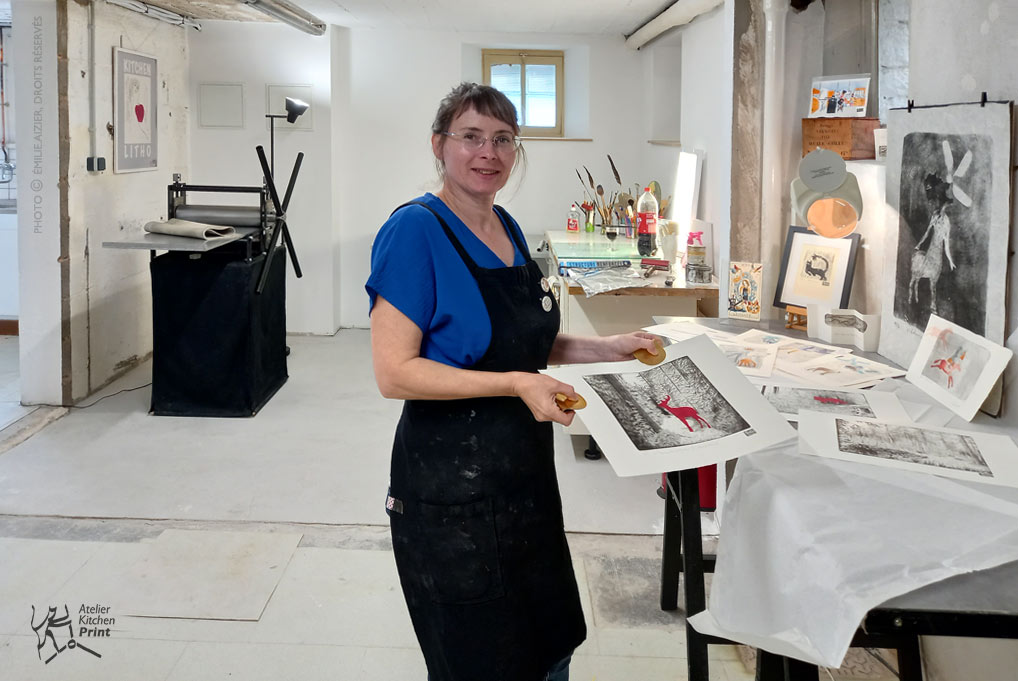
Kitchen Litho is a simplified, quick and less toxic lithography process using aluminum foil or plate but also limestone or marble as a matrix. The drawing is done by hand in general with litho crayon or simple pencils or brushes etc. The soda ‘cola’ (or other fruit juice, but prefer drink this juice and use cola for KL!) is used to acidulate, to fix the drawing instead of traditional complex potion of nitric acid or phosphoric… Kitchen oil is used to take off the litho crayon (for example) instead of turpentine generally used in traditional method, etc. There are also fewer steps in KL process than traditional litho. Like traditional lithography, we must humidify the matrix before ink it (water and fat do not mix). After, it can be print on a art paper with a spoon or a press.
More than a means of printing images, the Kitchen Litho – engraving is a means of image creation! To confront this technique, which is more in drawing directly on the matrix: it is to take the risk of This demanding technique forms the hand, the eye and the mind, and gives new freedom in small and medium formats.The artists have understood that after learning the technique, they will be able to then develop an independent creative work (bibliophile, prints) without much needed means for its implementation.
The first video revealing Kitchen Litho technique for the first time in the world in September of 2011 by the inventor Émilion.Videos here. In 2012, the handbook was published by the artist inventor, first in French, after in English and Spanish languages. In the year of 2016, Emilion apply a Kitchen Litho process adapted to the stone and aluminium rigid plate. She published the handbooks called « Kitchen Litho Sequel ».
The Kitchen Litho is now practised all over the world! Everyone is invited to get in touch and in participate to the collective adventure of the Kitchen Litho Biennial.
Advertising! Please prefer ‘cola’ than ‘white vinegar’. Indeed, vinegar is alcoholic, it smells very bad and moreover could be toxic for health. The soda: cola is safe, the less expensive and not a really a drink (remember at the beginning it was a medicine drink). And the cola smells good! There is inside: acid phosphoric and arabic gum, that’s all the ingredients used in traditional lithography to etch the matrix.
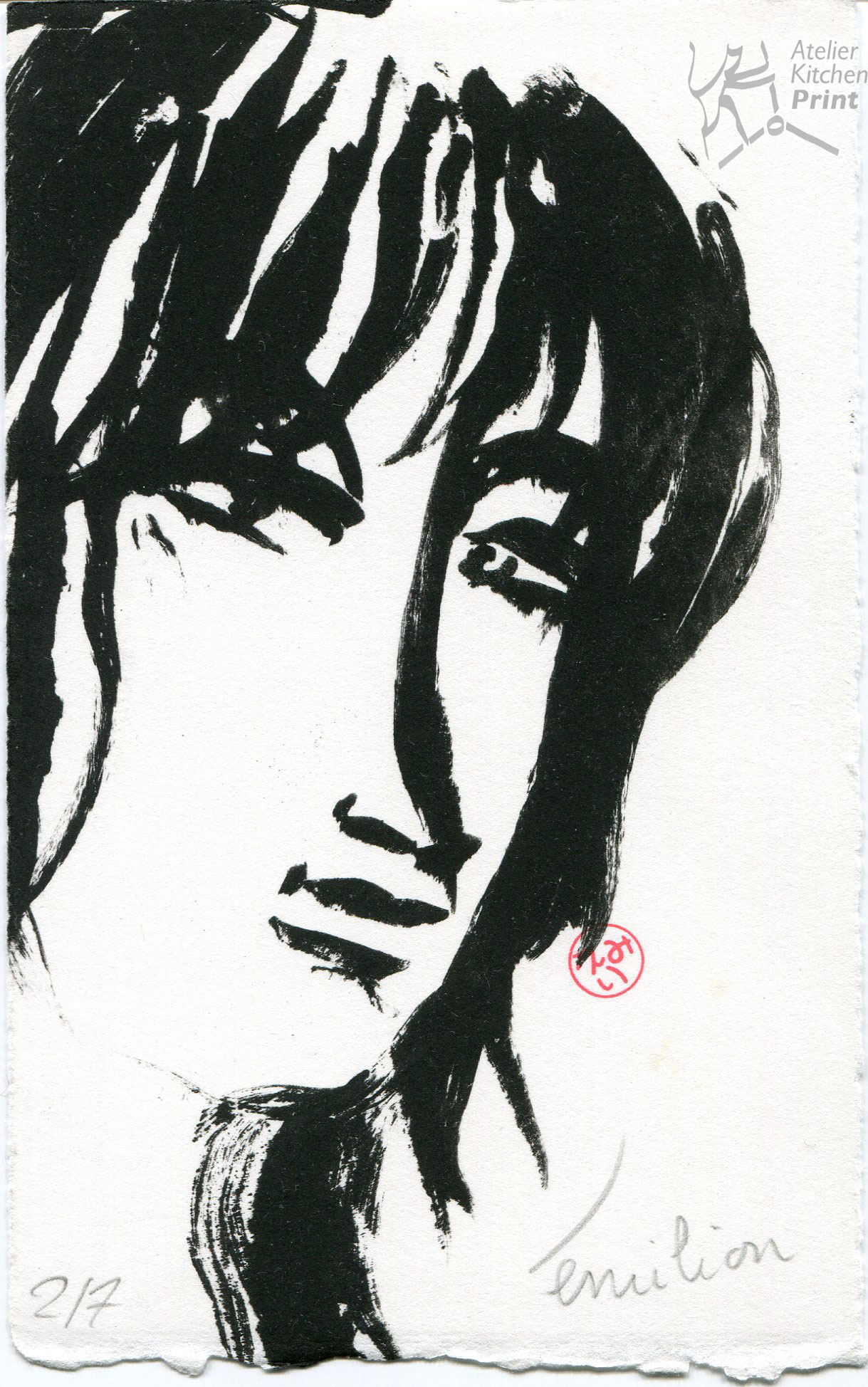 Lithography is the invention of Senefelder around 1797. It is based on a chemical process: water and grease do not mix together. (‘LITHOS’ says ‘stone’ in Greek).
Lithography is the invention of Senefelder around 1797. It is based on a chemical process: water and grease do not mix together. (‘LITHOS’ says ‘stone’ in Greek).
Lithography is at the beginning ‘litho’ on stone (but in the english world, ‘litho’ is a general word including algraphy, Senefelder is also the inventor of litho process on metal).
Algraphy is the specific name of « litho » on aluminum, we call it in english also ‘plate lithography’.
Polyester litho is litho process with polyester.
Offset is a sort of photolitho used in the industry, with photosensitive plates called offset plates.
Kitchen Litho is a sort of DiY ‘litho’ with alu foil, rigid plate and stone prepared with cola instead of classical acids, oil instead of turpentine. Moreover there are less steps than classical preparation (no bitume of Judee for example, no time to wait after the etch…). If there is a photo transfer it can be done by hand with acetone applied beside the laser copy… We can print it by spoon or with a press. There is no light exposure nor chemical steps complex like traditional lithography. That’s why it is called ‘Kitchen Litho’. More infos in the manual of the inventor for sale in this website.
BIBLIOGRAPHY
Author : Émilie Aizier, artist, teacher and inventor. Preface : Maxime Préaud, Honorary General Curator at the National Library of France and member of the editorial board at ‘Nouvelles de l’Estampe’ magazine, Paris, France.
Title: Kitchen Litho, manuel de lithographie simple et non toxique. Atelier Kitchen Print Édition, Collection Les manuels du chat, 2012. ISBN 978-2-9547000-0-7
Title: Kitchen Litho, handbook of simple and non-toxique lithography. Atelier Kitchen Print Édition, Collection Les manuels du chat, 2013. ISBN 978-2-9542651-4
Title: Kitchen Litho, manuel de litografia simple y no toxica. Atelier Kitchen Print Édition, Collection Les manuels du chat, 2012. ISBN 978-2-9547000-2-1
Title: Kitchen Litho Suite, manuel de lithographie alternative sur marbre et aluminium. Atelier Kitchen Print Édition, Collection Les manuels du chat, 2016. ISBN 978-2-9547000-4-5
Title: Kitchen Litho Suite, handbook of alternative lithography on marble and aluminium. Atelier Kitchen Print Édition, Collection Les manuels du chat, 2016. ISBN 978-2-9547000-5-2
VISIT Library Shop, Handbook Purchase
FAIRS & EXHIBITIONS
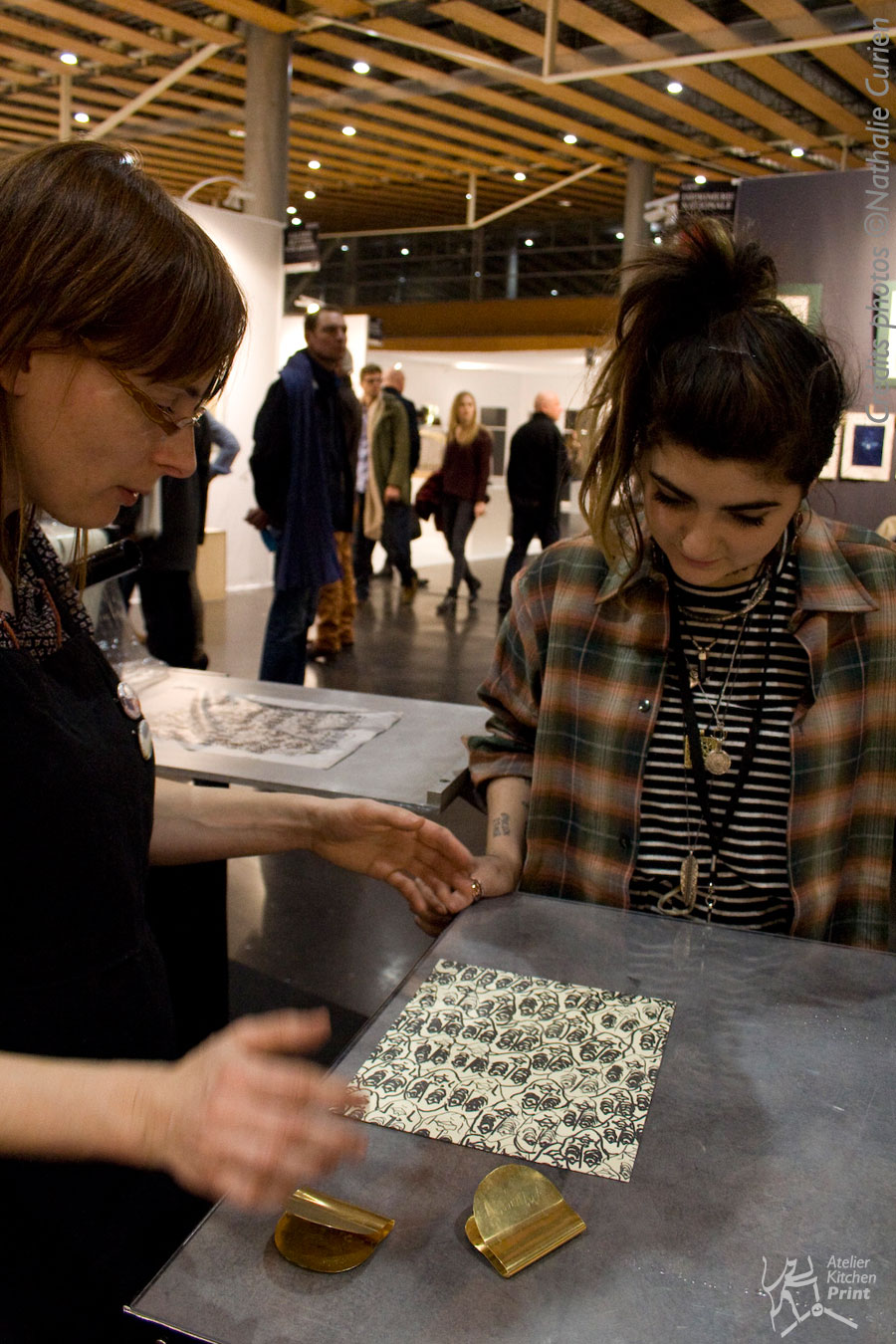
Atelier Kitchen Print editing a Kitchen Litho print for Philippe R. Berthommier, french engraver & painter artist.
Atelier Kitchen Print editing a Kitchen Litho print on stone for Simon Burder, English lithographer & artist.
KITCHEN LITHO HOUSE WORKSHOPS
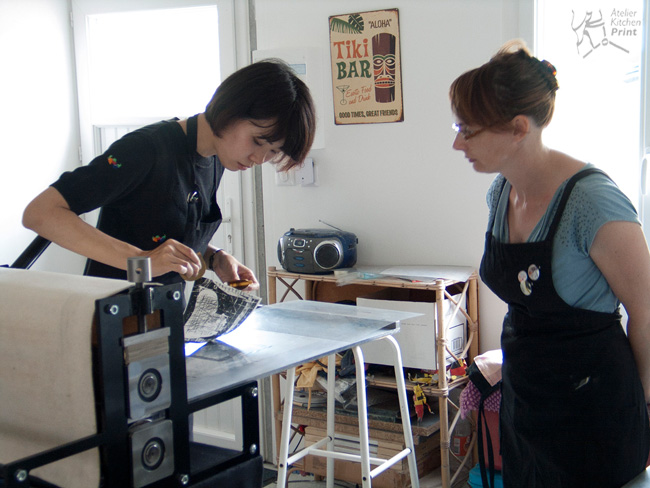
INTERVENTIONS IN ART SCHOOLS
KITCHEN LITHO BIENNALE
International, free and gratis, Atelier Kitchen Print is organizing this contest.
http://www.atelier-kitchen-print.org/gallery/8484/
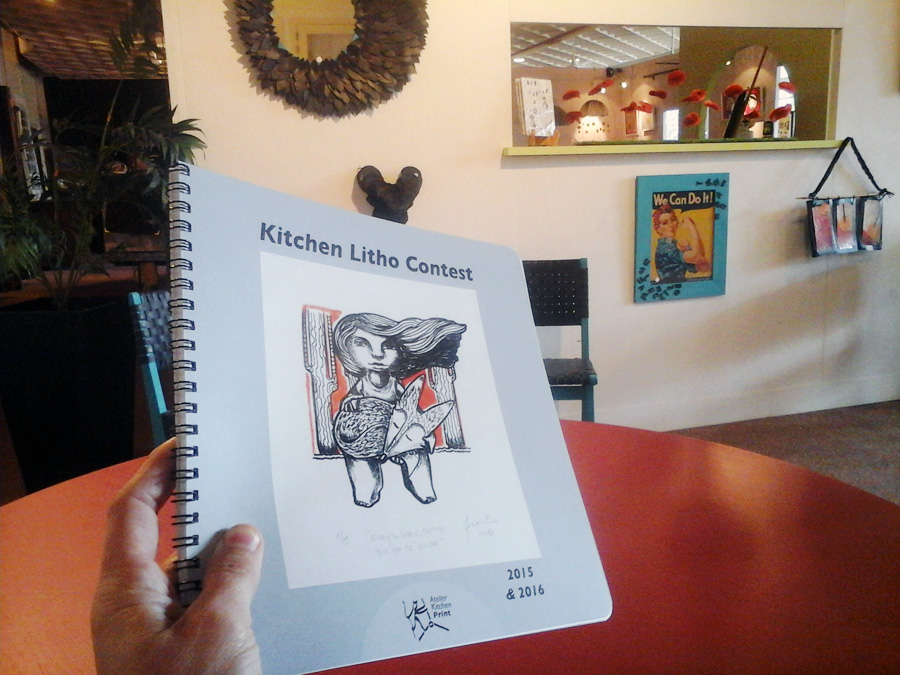
ARTICLES
« Pressing matter », « Nouvelles de l’Estampe », « Arts & Métiers du livre », « Printmaking Today » et « Grabado Y Édicion »( N°43). Read the articles here ici
LIMITED EDITIONS FOR ART-ÉMILION
Edition in 2013, art book made by hand « La Bête… » 15 examplars (deposit at BnF). She’s working actually around th theme of the forest (specially Vosges forest where she lives actually).
KITCHEN LITHO ? Cuisine lithographique
Pour résumer, la Kitchen Litho est un procédé de lithographie simplifié, accéléré et rendu moins toxique utilisant du cola à la place de l’acide nitrique pour fixer le dessin (ou autre jus de fruit ou jus assez acide venant de la cuisine), de l’huile de cuisine à la place de l’essence de térébenthine… On dessine sur de l’aluminium (plaque ou feuille) ou de la pierre calcaire. Des techniques aussi plus simples de dessin sont proposées. Sur plaque et pierre, des solutions jusque là inédites sont proposées pour éviter de re-grainer les surfaces. La feuille d’aluminium ménager est emblématique de la Kitchen Litho par son côté « très Kitchen » même si la technique ne se résume pas à cette matière. La Kitchen Litho est un procédé de lithographie maison pur ne pas dire « punk » car la technique a été détournée est réalisée avec les moyens du bord.
La Kitchen Litho est maintenant pratiquée partout dans le monde. L’Atelier Kitchen Print invite tous les amis de ce processus à se mettre en contact avec lui et à participer à la Biennale de Cuisine Lithographique ! C’est l’occasion d’échanger et de vivre ensemble cette aventure artistique pleine de découvertes.
Plus qu’un moyen d’impression d’images, la Kitchen Litho – gravure est un moyen de création d’images ! Se confronter à cette technique, qui plus est en dessin direct sur la matrice : c’est prendre le risque de se laisser surprendre ! Cette technique exigeante forme la main, l’œil et l’esprit. Elle donne en outre une liberté inédite concernant les petits et moyens formats. Les artistes ont bien compris qu’après l’apprentissage de la technique, ils pourront ensuite développer un travail de création indépendant (bibliophilie, estampes) sans grands moyens nécessaires pour sa mise en œuvre.
Pour en savoir un peu plus…
C’est Alois Senefelder, l’inventeur de la lithographie vers 1796-1797, qui a inventé la métallographie, autrement dit la lithographie sur métal. Concernant le terme « lithographie », les anglais parlent de lithographie aussi bien pour désigner la litho sur pierre que sur métal. Concernant ma technique, le mot anglais « Kitchen » est mis devant « litho » pour pouvoir la partager avec tous et pour préciser que c’est un mode particulier de lithographie. J’ai modifié le procédé traditionnel pour le rendre plus abordable. L’idée étant de n’imprimer qu’une centaine d’exemplaires avec cette technique.
Mon hypothèse est qu’à l’époque Senefelder pensait à l’exploitation de la lithographie à échelle industrielle. Il fallait vraisemblablement penser une technique complexe pour éviter trop de concurrence mais aussi pour que le dessin sur la pierre supporte des milliers de passages sous la presse. La lithographie étant par définition instable, il fallait « blinder » la technique pour pouvoir la vendre.
Mes préoccupations sont différentes, nous vivons maintenant au XXIème siècle. J’aime à l’idée de petits tirages numérotés et signés qu’on pourrait faire chez soi ou dans un petit atelier. J’ai enlevé des freins techniques (simplification des étapes) et des produits nocifs comme le bitume et l’essence de térébenthine pour pouvoir pratiquer la lithographie plus simplement et agréablement. Une personne expérimentée pourra imprimer jusqu’à une centaine d’exemplaires avec la Kitchen litho. Cette technique se pratique sur aluminium mais aussi sur pierre.
Grâce à la Kitchen Litho, la lithographie retrouve un regain d’intérêt car elle peut se pratiquer dans les ateliers de gravure notamment. Merci de ne pas oublier l’inventeur et la lecture (instructive bien sûr) de ses manuels. En fin, chacun peut participer à l’aventure collective et artistique (voir historique 😉 ) de la Biennale internationale de la Kitchen Litho. Merci à vous pour votre présence, votre soutien qui est absolument essentiel.
Émilion
DES MANUELS AUTO-ÉDITÉS PAR L’INVENTEUR
Afin de transmettre davantage la technique un manuel complet est en vente sur ce site. Les manuels sont disponibles en différentes langues. Les ventes permettent de continuer les recherches et de partager les trouvailles développées par l’Atelier Kitchen Print: auto-entreprise non assujettie à la TVA, article 293B du CGI. Tout ouvrage publié sur la technique de la Kitchen Litho est exclusivement réservé à son inventeur. N’hésitez pas à nous contacter si vous voulez des renseignements. Les manuels sont conçus et vendus directement quasiment exclusivement de main à main par l’inventeur. Ceci afin de privilégier le contact, des échanges possibles avec qui le souhaite.
PARCOURS DE L’INVENTEUR
Émilie Aizier alias Émilion a suivi les cours de l’École Supérieure d’Art de Lorraine et obtenu son diplôme (DNSEP) pour lequel elle s’est fait remarquée par son travail en gravure. Passionnée d’impression d’art elle a rejoint l’équipe d’imprimeurs & éditeurs d’art du Centre d’Art Graphique de la Métairie Bruyère. C’est une maison prestigieuse au service des artistes dont les plus connus sont Joan Miró, Pierre Aléchinsky ou encore Richard Texier…
En juin 2011, elle fait une découverte présentant une avancée technique dans le domaine de la lithographie. En effet, cette innovation va permettre aux artistes (et notamment aux graveurs) de faire simplement de la lithographie à la maison (ou à l’atelier), chose impossible ou difficile pour tout un chacun auparavant. Cette découverte va amener l’artiste à élargir son horizon et à échanger avec tous les artistes graveurs du monde entier désireux de faire de la lithographie eux aussi. C’est une technique qu’elle baptisera bientôt « Kitchen lithographie ». Elle enseigne pour la première fois la Kitchen litho pour la Communauté d’Agglomération de Niort. Suite à un accident qui l’immobilise durant six mois, elle écrit son premier manuel de Kitchen Litho en juin 2012. Depuis lors, elle crée son auto-entreprise « Atelier Kitchen Print » maison d’édition de manuels présentant ses recherches et sa manière d’aborder la technique. Elle accueille ponctuellement des élèves pour des cours d’impression d’art dans son atelier et fait des interventions dans les écoles d’art.
COMMENT FONCTIONNE L’ATELIER KITCHEN PRINT ?
Création de l’auto-entreprise d’auto-édition et de vente à distance en 2013. En 2016, L’Atelier Kitchen Print est une modeste auto-entreprise bien que connue internationalement dans le milieu de l’estampe. L’Atelier Kitchen Print est en perpétuelle évolution et des solutions éthiques se sont affirmées avec le choix quasi immédiat de faire imprimer les manuels par une entreprise sociale : l’imprimerie « Esat Essor » basée en France.
L’Atelier Kitchen Print organise un concours international libre « Kitchen Litho Biennale », gratuit et à ses frais. Des partenaires commerciaux comme « Gary Thibeau, presses à taille-douce », « art-Papier.eu », « Joop Stoop », « Art-Up Foire d’art contemporain », « Arches-Antalis » soutiennent chacun à leur manière l’atelier dans ses initiatives.
Ce site web est conçu et entretenu techniquement par un informaticien professionnel bénévole et sans l’aide de la publicité.
Sans son public d’amateurs et d’artistes à travers le monde, l’Atelier Kitchen Print n’existerait pas. Merci à tous pour votre soutien et vos commandes de manuels qui sont vendus directement quasiment exclusivement de main à main. Ceci afin de privilégier le contact, des échanges possibles avec qui le souhaite. L’Atelier Kitchen Print n’est pas une entreprise comme les autres, qu’on se le dise…
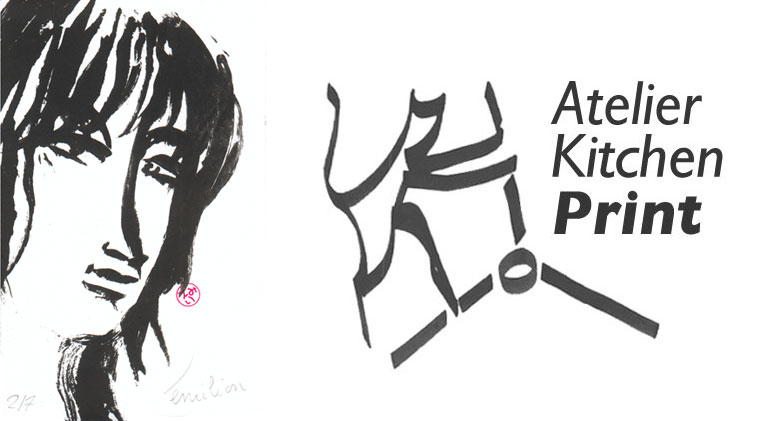
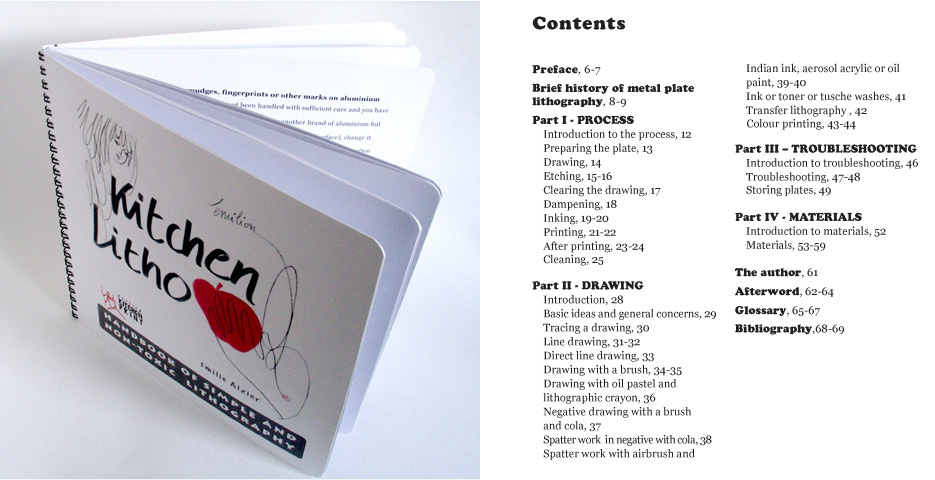

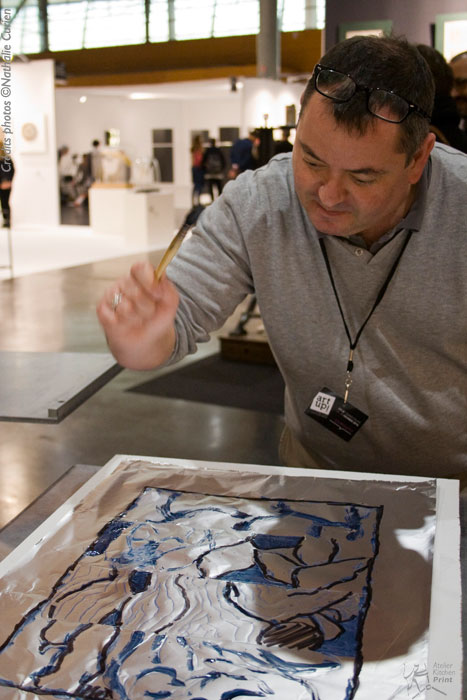
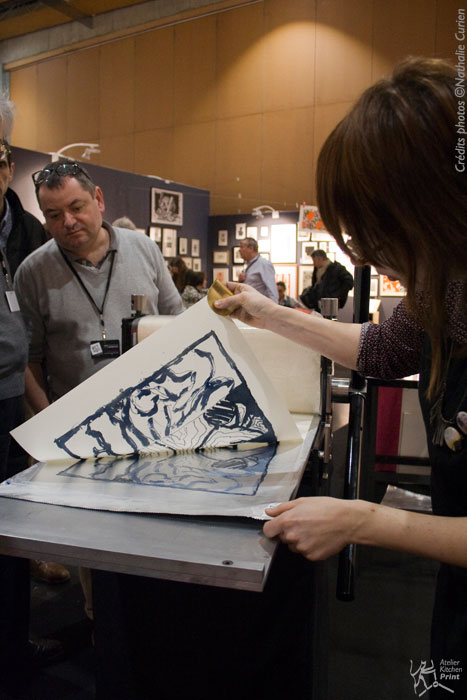
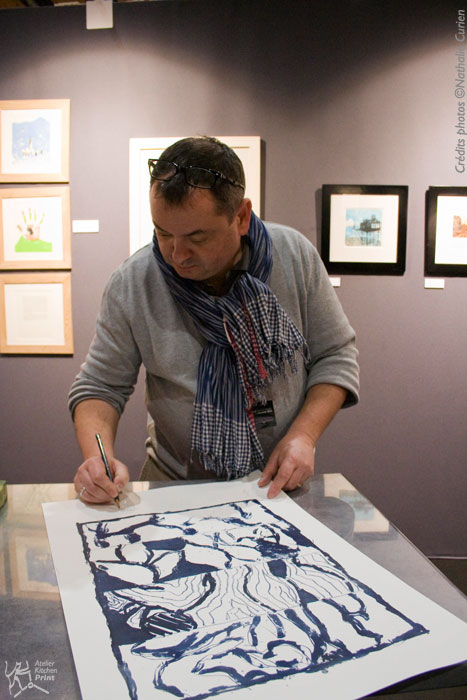
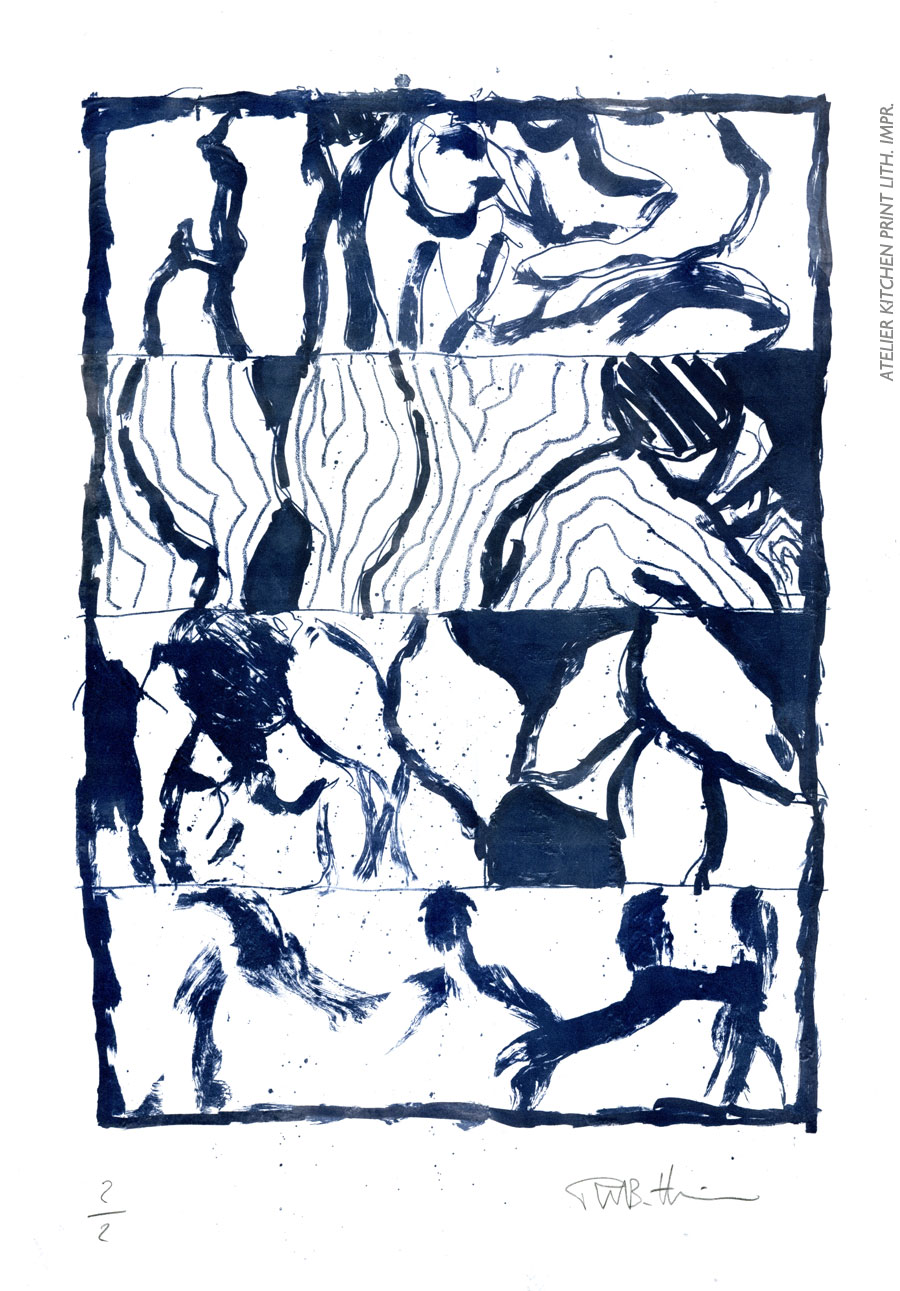
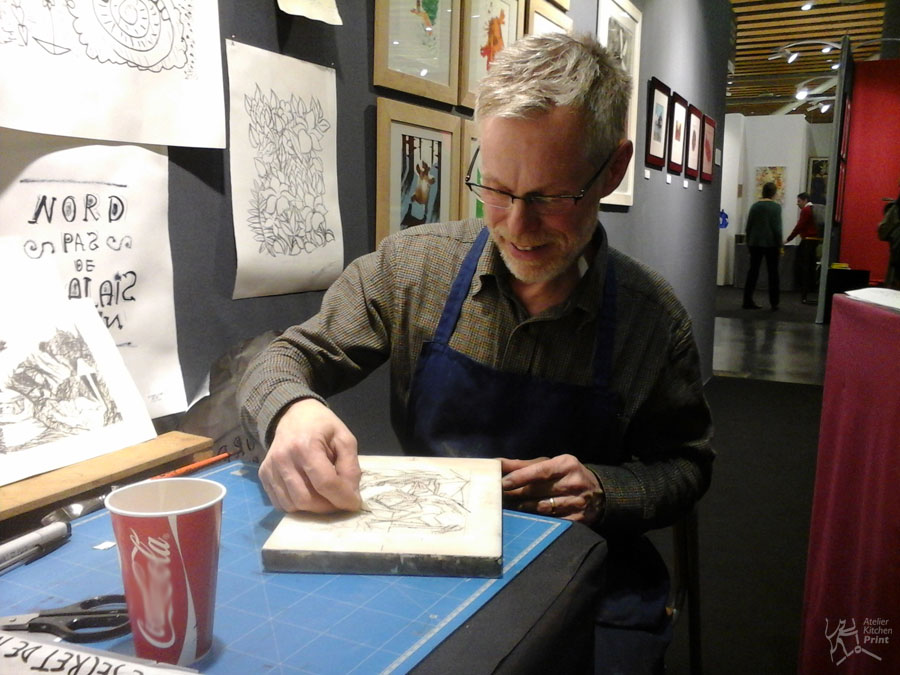
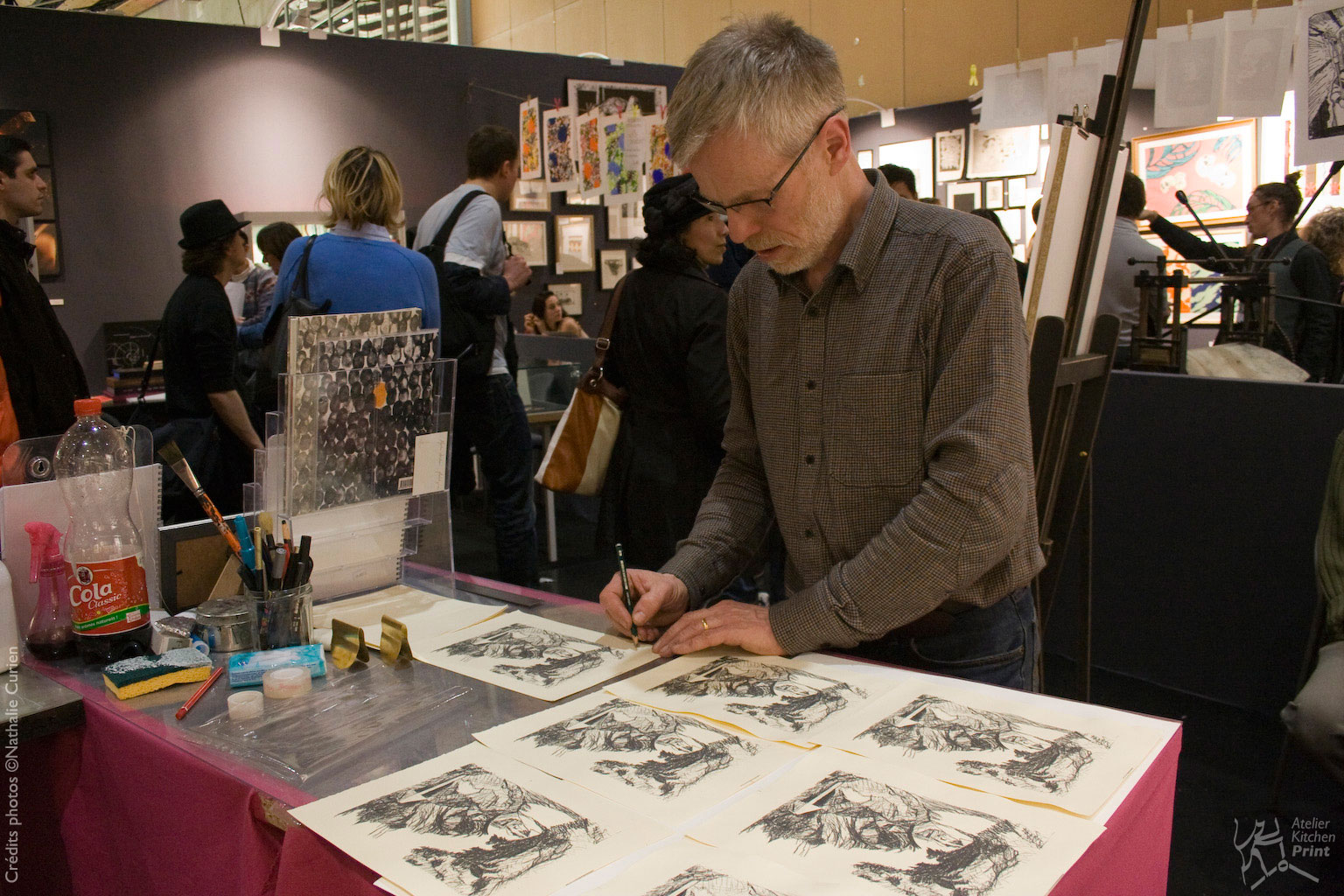
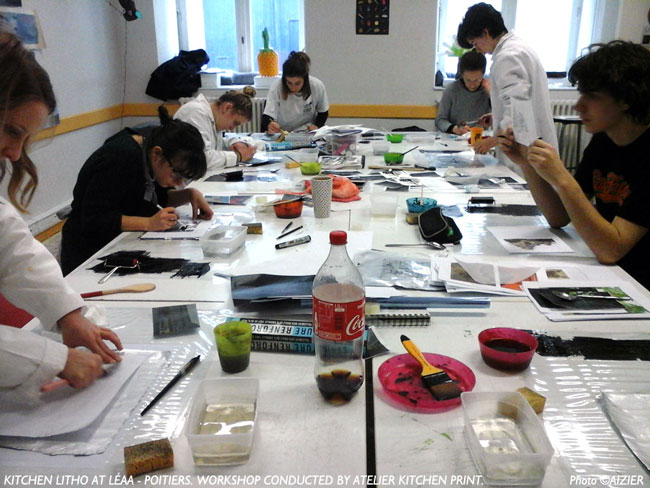
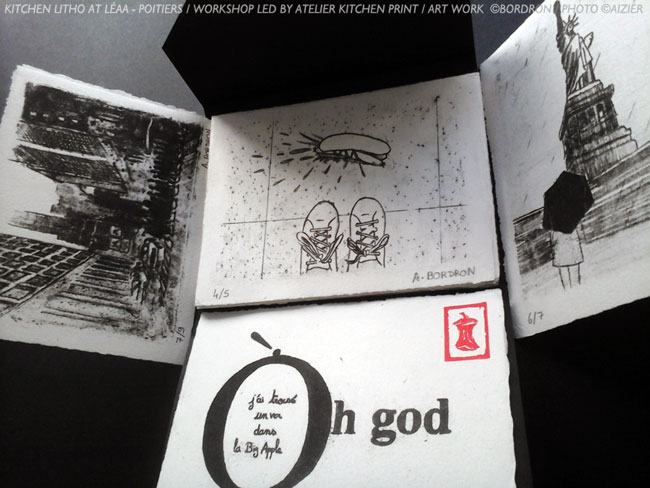
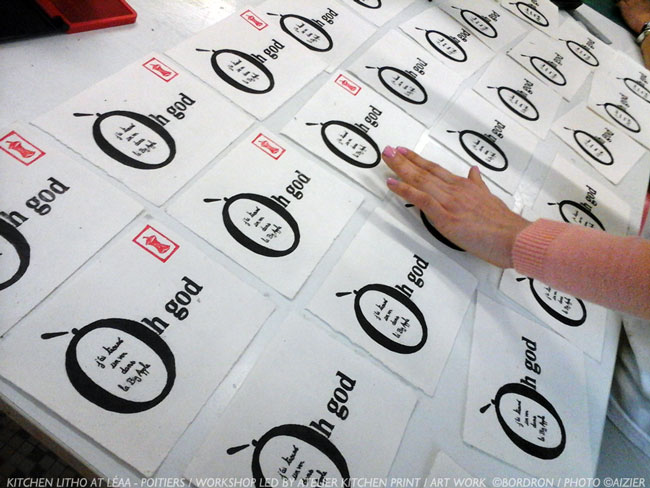
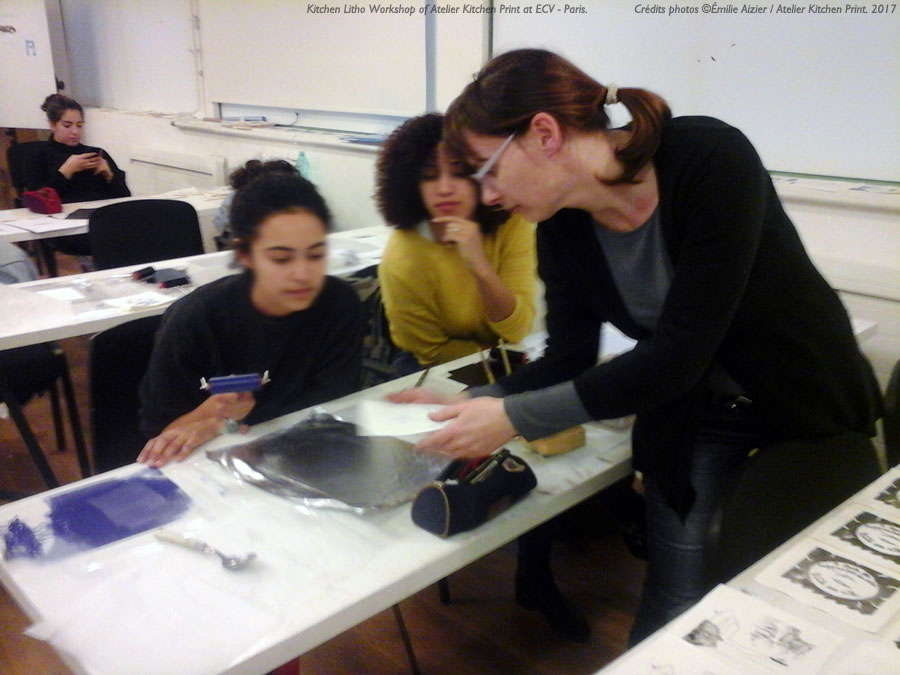
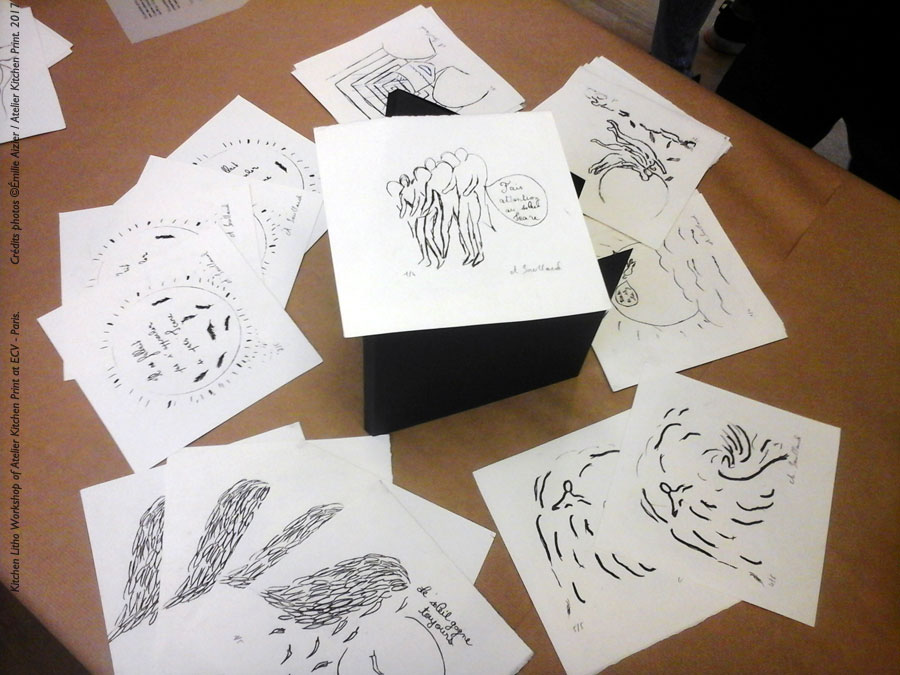
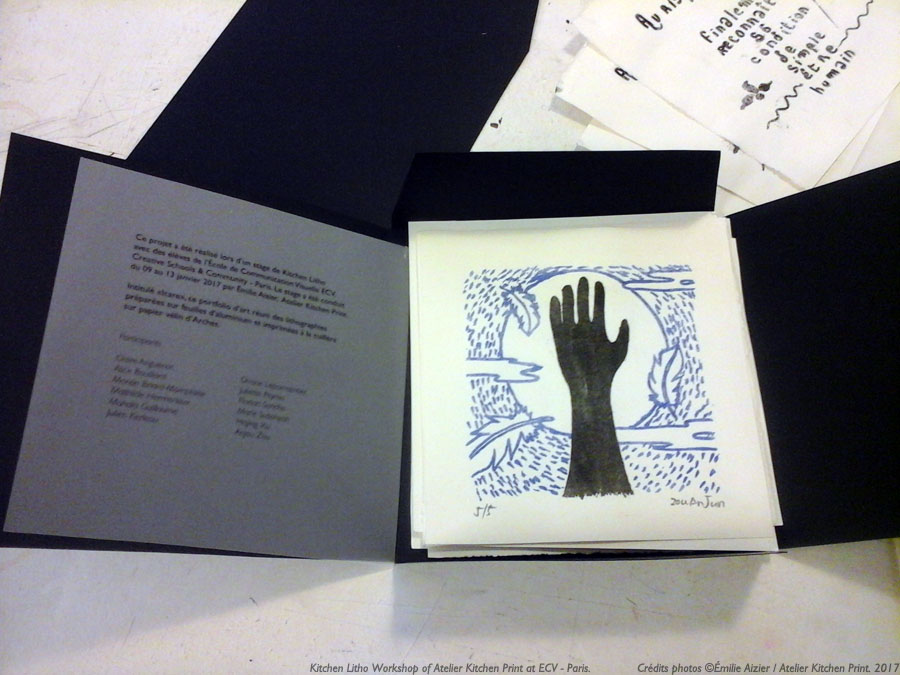
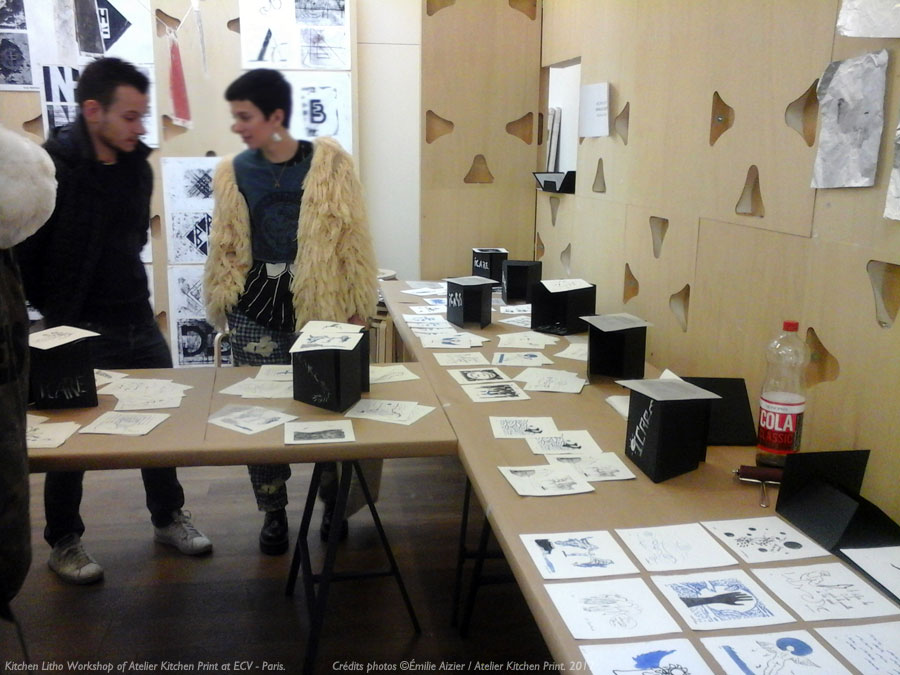
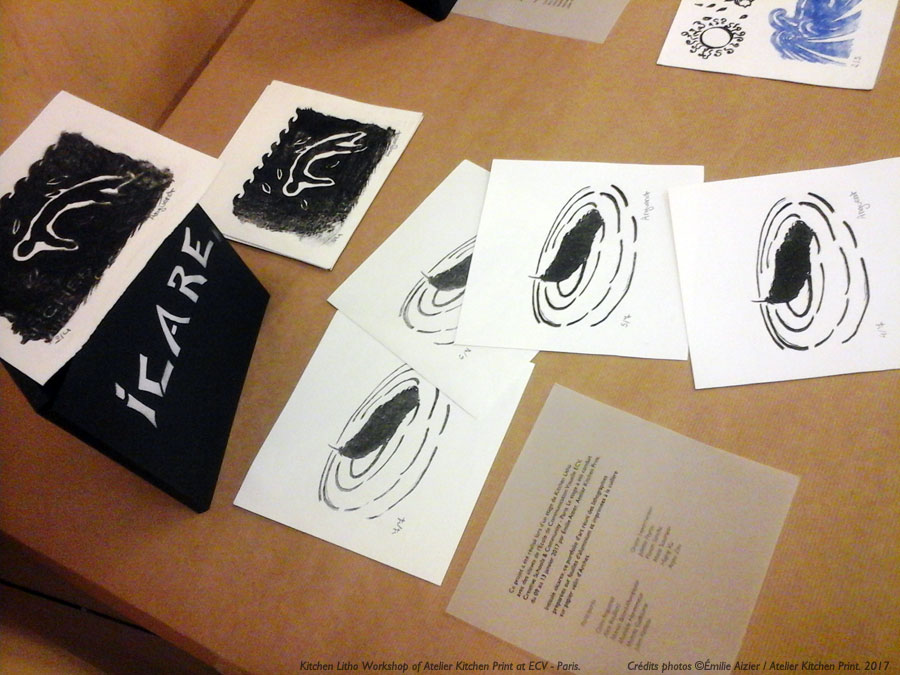
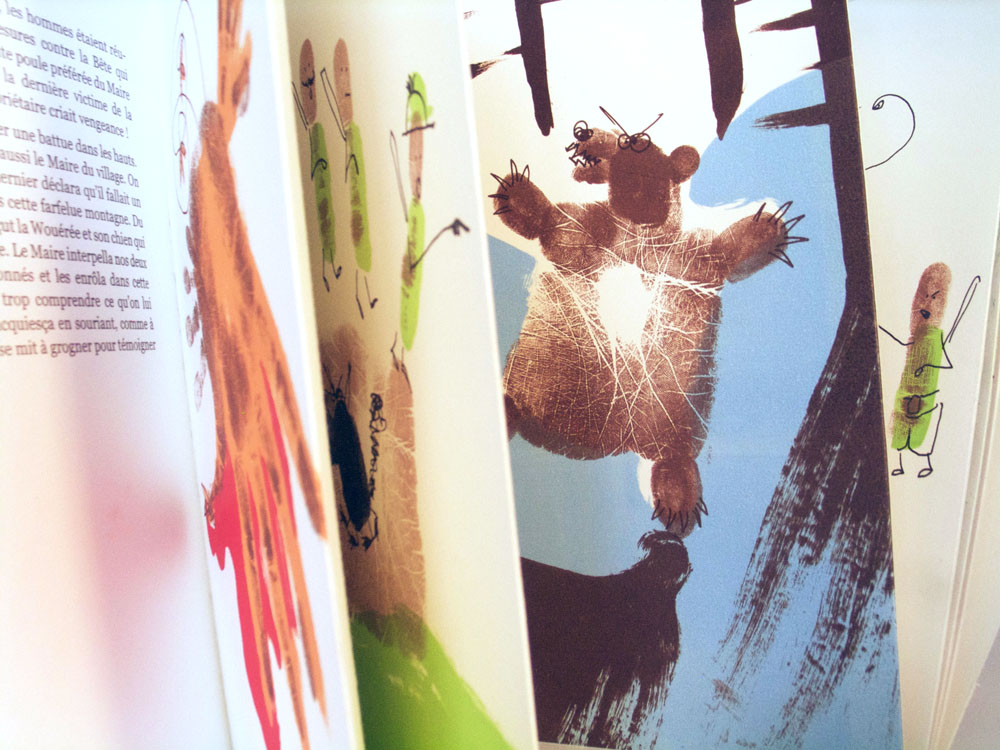
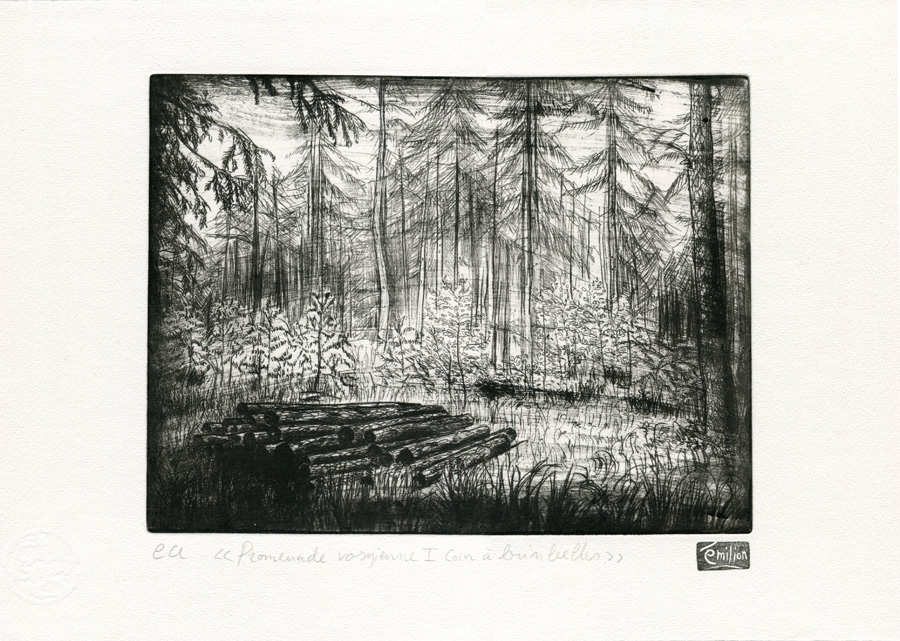
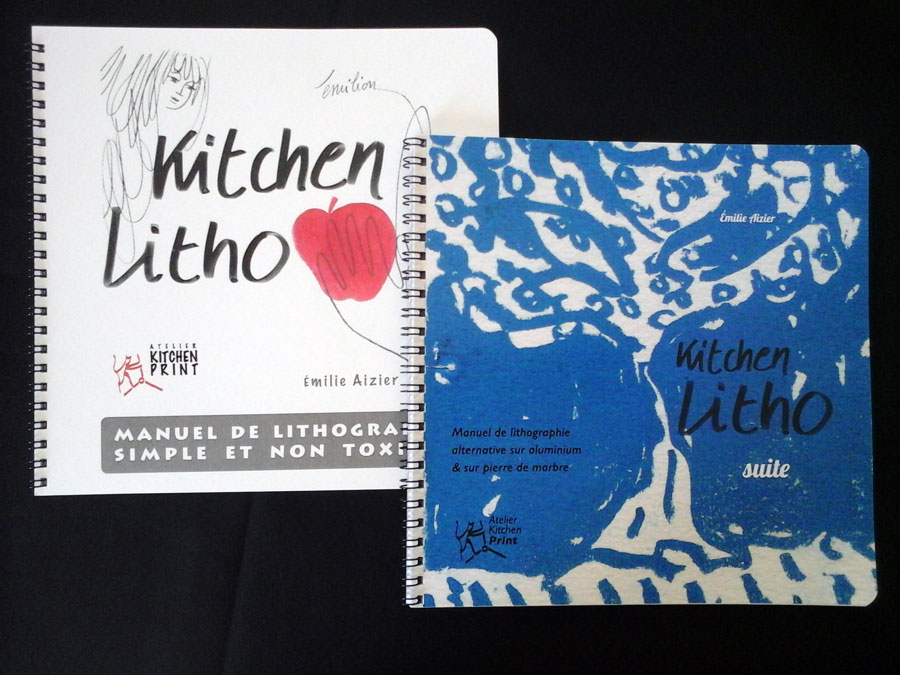
So wonderful to find you and your book. I have just ordered a copy in English! I can’t wait to receive it.
Merci Nicky for your support! Yes I am preparing your handbook this morning. Feel free to participe in the Kitchen Print Contest (to receive infos, please subscribe in the newsletter). Thanks
Merci ! Thank you so much Nicky for your support. I wish you the best with Kitchen lithography.
Bonjour Emilion,
J‘ Habite on Angleterre et je parle un peu Français.
Is it possible to attend a workshop with you in Epinal ?
I have been to Double Elephant printing workshops in Exeter where I was able to try out a bit of kitchen lithography.
Mercy pour voter response
Henriette
Bonjour Henriette, Oui avec plaisir pour un workshop à Épinal. Oui j’ai eu des contacts avec Simon Ripley qui est super! Je vous contacte par email pour échanger et vous donner davantage d’informations. Merci encore Henriette pour votre message.
How may I buy your kitchen lithography books in English.
Bonjour Ted. You can buy manuals in the section ‘Librairie’ and in the scrolling menu, choose ‘Manuels’ please. Merci. English versions area available.
Bonjour TEd. Here is the library page link, just choose the books in English. https://www.atelier-kitchen-print.org/product-category/manuels/ I can also send you an Email PayPal but I need to know which books. I contact you in a private message. Merci
Dear Émilion, I was wondering if it is possible to order digital version of publication in PDF format or similar.
Thank you in advance,
Milos Djordjevic
Bonjour Milos. Thank you for your message. I looked at your website and engraving works, it is very beautiful. For my handbooks, they are only available in paper format currently I apologize. And I can send to the world and your country you are interested.Thanks